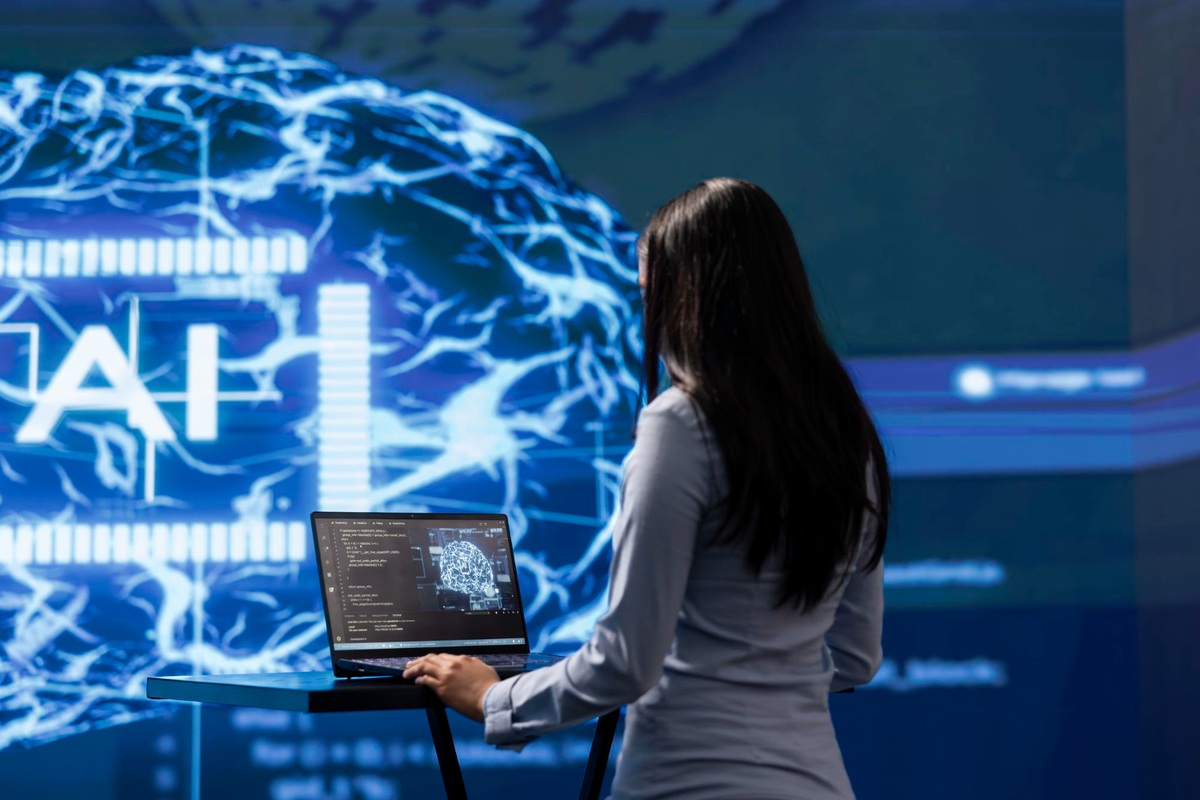AI Powered personalisation:
Harnessing the Power of Technology for Better User Experiences
.
The integration of artificial intelligence technology has revolutionized the way we interact with digital products. From voice-powered devices like smart speakers to personalized recommendations and predictive analytics, AI has transformed the user experience. As a result, user expectations are constantly evolving, and it’s becoming increasingly important for UX designers to stay ahead of the curve. UX design has always been about creating user-centered experiences that meet the needs of the users. With the integration of AI technology, designers must consider how to create user experiences that are not only functional but also engaging, efficient, and intuitive as well as an understanding of the ethics and considerations involved in its implementation.
.
Tips for UXers to co-exist with AI
- Personalization at Scale: AI technology enables designers to personalize experiences at scale, providing users with highly tailored and relevant experiences. For example, by leveraging AI algorithms, designers can create personalized recommendations, predict user behavior, and provide customized content.
- Designing for Voice Interactions: With the increasing popularity of voice-powered devices like smart speakers, designers must consider designing for voice interactions. This requires a new approach to interaction design that focuses on conversational interfaces that are natural and intuitive.
- Embracing Micro-Interactions: Micro-interactions are small, targeted interactions that add delight and reinforce the user’s sense of control. In new-age UX design, designers are embracing micro-interactions to enhance the overall user experience.
- Incorporating AR and VR: Augmented Reality (AR) and Virtual Reality (VR) are rapidly gaining popularity, and designers must consider how to incorporate these technologies into UX design. Designers must focus on creating immersive experiences that are both functional and engaging.
- Emphasis on Accessibility: Inclusivity and accessibility are becoming increasingly important in UX design. Designers must consider how their designs can be accessible to people with disabilities for example, AI-powered image recognition can be used to describe images for visually impaired users, and text-to-speech technology can be used to read out the text for those with reading difficulties. These features can help to create a more inclusive and user-friendly environment for all users.
- Designing for Emotional Engagement: In new-age UX design, designers are focusing on creating emotional connections with users. This involves understanding user emotions and using design elements, such as color, typography, and animation, to evoke specific emotions.
- Testing and Feedback: UX designers must continually test and receive feedback from users to ensure that the design meets their needs. AI can provide valuable data on user behavior, but it’s essential to get direct feedback from the users to validate these findings.
- Ethical Considerations: AI can raise ethical concerns, such as privacy and security. UX designers must consider these ethical issues and ensure that their design protects the user’s privacy and data.
.

.
Conclusion
AI algorithms in UX design have the potential to make the design process more efficient by analyzing user data and predicting preferred features and elements. This saves designers time and effort compared to traditional trial-and-error methods. However, it’s important to be aware of the potential for AI algorithms to be biased, as well as the cost and difficulty of implementation. Additionally, AI can only assist, not replace, human empathy and creativity in the design process. Human designers are still necessary to make final decisions and ensure that the website or app is user-friendly. Striking a balance between AI and human input is crucial for creating the best user experience.
Add Comment
You must be logged in to post a comment.








